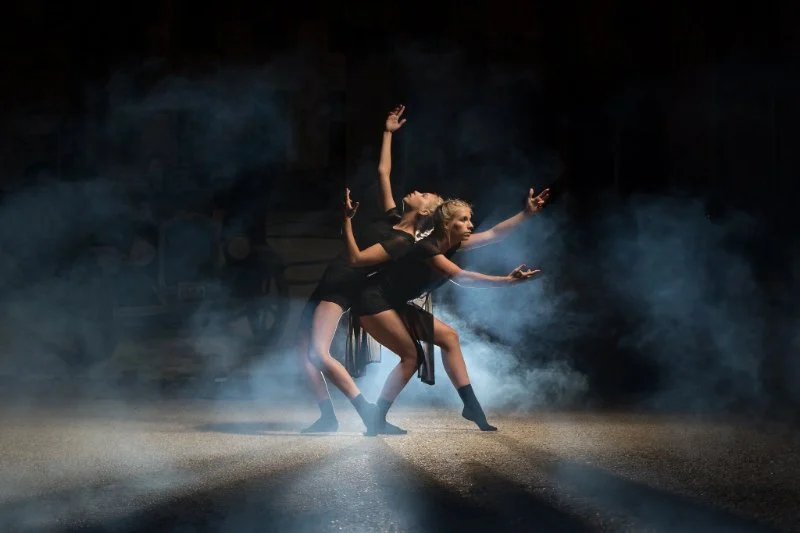
My Experience with Dance Photography & Videography — How It Changed My Performing
- 1-My Journey into Dance Photography & Videography
- 2-How Dance Photography & Videography Impacted My Performing
- 3-Lessons Learned from Being on Both Sides of the Camera
- 4-Photography & Videography Techniques That Transformed My Performances
- 5-How Creative Edge Dance Studio Can Help You Grow as a Performer
1. My Journey into Dance Photography & Videography
As a dancer, I always viewed the world from the stage, focusing on the moves, timing, and connection with the audience. However, my perspective shifted dramatically when I first explored the world of dance photography and videography. Capturing dance through a lens opened my eyes to a new dimension of the art form, one that changed how I approach my performances. It allowed me to see myself and my fellow dancers in ways that weren't possible before. This article will dive into how dance photography and videography have impacted my performing journey and helped me grow as both a dancer and a visual storyteller.
2. How Dance Photography & Videography Impacted My Performing
Initially, I didn’t understand the full impact that photography and videography could have on a dancer's performance. I thought it was just about capturing a moment, but I soon learned that the camera offers a new layer of expression. Watching videos of myself dancing, I became more aware of my body movements, posture, and expression, which were sometimes different from what I felt on stage. This awareness allowed me to refine my technique and present a more polished performance each time I performed.

Virginia Ballet Company & School / virginia ballet company
5595 Guinea Rd, Fairfax, VA 22032, USA
2.1 The Power of Self-Reflection
One of the most significant changes I noticed was how much I could learn from watching videos of my own performances. Photography and videography helped me understand the importance of small details—how my arm placement or facial expression could alter the entire mood of a dance. With these visual tools, I could make adjustments that were not only visible to my audience but also felt more aligned with my intended performance.
2.2 Engaging with the Audience in a New Way
Through videography, I gained a better understanding of how I connect with my audience, both on stage and off. It’s easy to forget that the audience isn’t only watching from the front row—they’re also watching through the lens of a camera, which creates a different perspective. Understanding this dynamic helped me adapt my movements to be more expressive and dynamic, no matter where the audience was sitting.
3. Lessons Learned from Being on Both Sides of the Camera
As both a dancer and a photographer, I’ve had the unique experience of being on both sides of the camera. This has been invaluable in understanding what works on stage and how I can use photography and videography to improve my performance. Below are some key lessons I’ve learned from this dual perspective:
3.1 Seeing the Bigger Picture
One of the most important lessons I've learned is to step back and see the bigger picture. On stage, I was focused on the minute details of my performance. However, photography taught me that every movement, no matter how small, plays a crucial role in telling the story. The combination of all these movements creates a narrative that can only be fully appreciated through the lens of a camera.
3.2 The Importance of Timing and Framing
Photography and videography have heightened my awareness of timing and framing. A perfect shot or frame requires precise timing and positioning—qualities that have helped me as a performer. Whether I’m hitting a sharp pose or performing an intricate jump, I’ve learned how to position my body to create the most visually striking moments, which enhances both the live performance and the video footage.
4. Photography & Videography Techniques That Transformed My Performances
Incorporating photography and videography techniques into my dancing practice has allowed me to transform my performances in ways I never expected. Below are a few techniques that have changed the way I approach both dancing and performing:
4.1 Capturing Motion with Stillness
In photography, there’s an art to capturing motion in a single still shot. This concept has inspired me as a dancer to focus on moments of stillness within my performances. I’ve learned that even in the most dynamic movements, there is beauty in the pause—the slight moment of suspension before the next move. This technique has allowed me to bring more depth to my performances.
4.2 Working with Lighting
Lighting is a powerful tool in both photography and dance. Understanding how lighting can accentuate my body movements and expressions has helped me perform more intentionally. I’ve also gained an appreciation for the way light interacts with my surroundings, and how it can be used to emphasize specific movements or gestures in a dance piece.
4.3 Using Video for Choreography Development
When working on choreography, video has been an essential tool in the development process. Recording practice sessions and performances has allowed me to review my movements, assess my performance, and make adjustments as needed. This tool has helped me see my choreography from a different angle, making it easier to refine my technique and improve my overall performance.
5. How Creative Edge Dance Studio Can Help You Grow as a Performer
For dancers looking to integrate photography and videography into their practice, Creative Edge Dance Studio offers a wide range of programs and resources to help you grow. Whether you're looking for dance classes, video analysis for performance improvement, or professional photography sessions, Creative Edge provides the tools and expertise to help you enhance your artistry. Incorporating photography and videography into your dance journey can provide invaluable insights that will transform your performances and help you reach new levels of creativity.
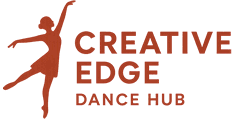

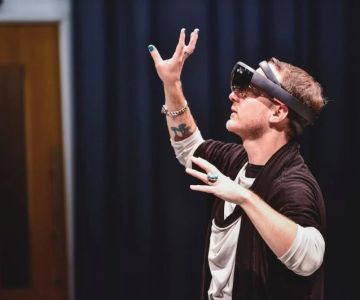
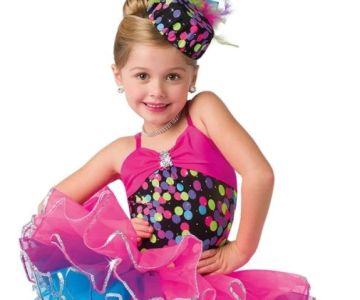

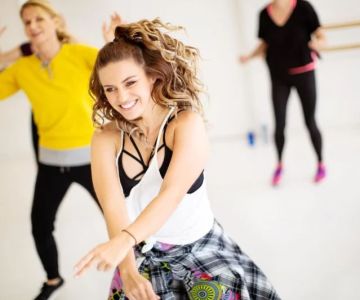
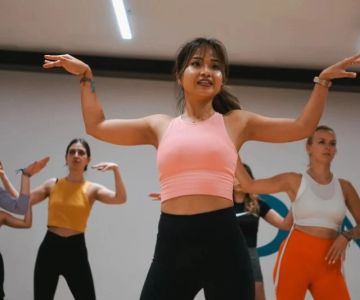
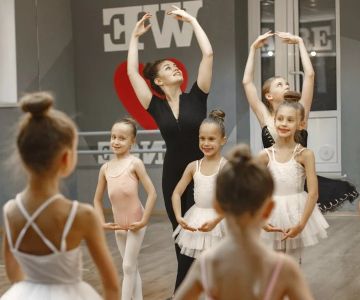
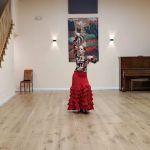 Flamenco Haven5.0 (6 reviews)
Flamenco Haven5.0 (6 reviews)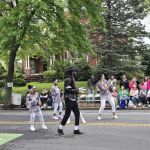 LovnLightYoga5.0 (140 reviews)
LovnLightYoga5.0 (140 reviews)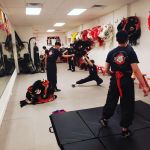 Yee's Southern Lions4.0 (11 reviews)
Yee's Southern Lions4.0 (11 reviews)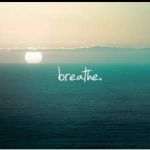 In Balance Tai Chi5.0 (1 reviews)
In Balance Tai Chi5.0 (1 reviews)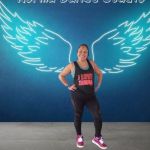 Zumba fitness con Norma5.0 (1 reviews)
Zumba fitness con Norma5.0 (1 reviews) Aspire Dance Studio5.0 (3 reviews)
Aspire Dance Studio5.0 (3 reviews)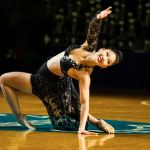 My Journey from Beginner to Competitive Dancer in One Year
My Journey from Beginner to Competitive Dancer in One Year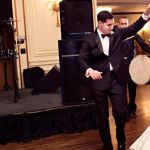 How to Create a Dance Routine for a Wedding Party – A Step-by-Step Guide
How to Create a Dance Routine for a Wedding Party – A Step-by-Step Guide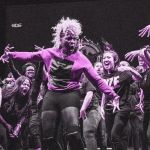 What is Krump? Clowning and Expressionistic Movement Explained
What is Krump? Clowning and Expressionistic Movement Explained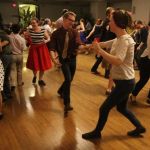 How to Network and Meet People in the Local Dance Scene
How to Network and Meet People in the Local Dance Scene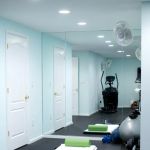 How to Create a Home Dance Space on a Budget
How to Create a Home Dance Space on a Budget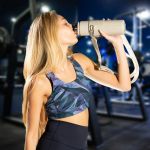 The Best Ways to Hydrate Before, During, and After Dance Class
The Best Ways to Hydrate Before, During, and After Dance Class